As individuals adjust to the cost-of-living crisis, explore how beauty brands adapt and deal with price-conscious shoppers. Many brands are ensuring that consumers do not have to sacrifice quality and efficiency through innovative product designs, affordable alternatives, and cost-cutting initiatives. This article covers the latest trends from minimalism to affordability and ‘dupes’ and provides eco-friendly solutions.
Table of Contents
Overview of the budget beauty market
Beauty on a dime
Beauty ideas for the future
Overview of the budget beauty market
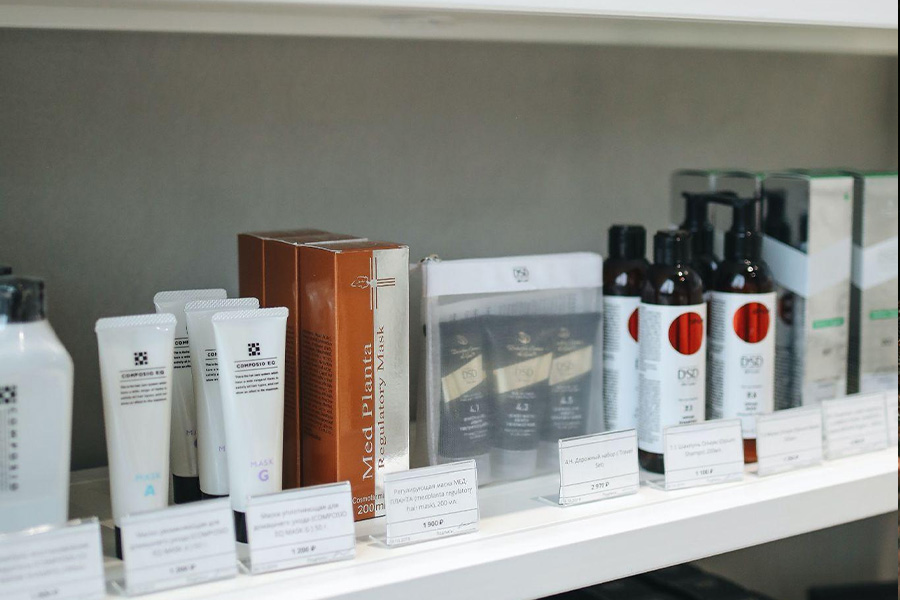
The global beauty industry was valued at US$ 511 billion in 2022 and is expected to grow at a compound annual growth rate (CAGR) of 4.76% from 2022 to 2026. Even if the market appears lucrative, sellers must consider the rising cost of living expenses and provide affordable solutions.
Multipurpose products that eliminate the need for multiple skincare items are in high demand. Customers want inexpensive skincare alternatives that are free of chemicals and sulfates. There is a trend toward all-natural, sustainable, and reasonably priced products. Brands that adapt to rising living costs appeal to a broader audience.
Beauty on a dime
Affordable skincare alternatives
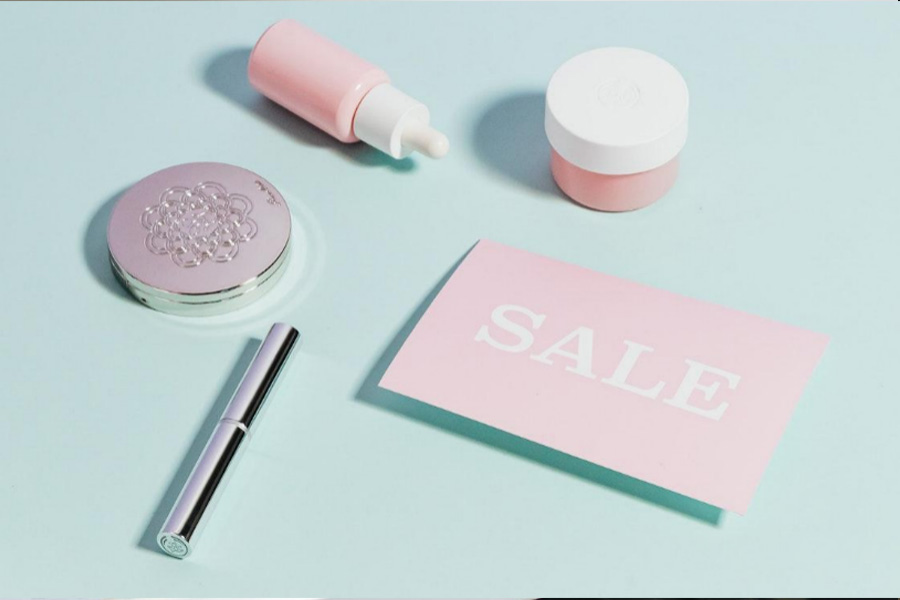
With the rising cost of everyday necessities, many consumers will seek more affordable alternatives. This is evidenced by a 40% increase in Google searches for ‘dupe’ products, particularly in the beauty category, in June 2022. Social media influencers are mainly driving the dupe culture for affordable alternatives to luxury products.
Many viral videos of dupe try-on have circulated on Tik Tok, which is quickly becoming a tool for advertising. Influencers add brand reviews, increasing exposure and driving sales. Many customers rely on reviews to help them make an informed decision and get the most out of their money. Affordable skincare solutions made of all-natural ingredients free of chemicals, parabens, sulfates, and silicone are in high demand.
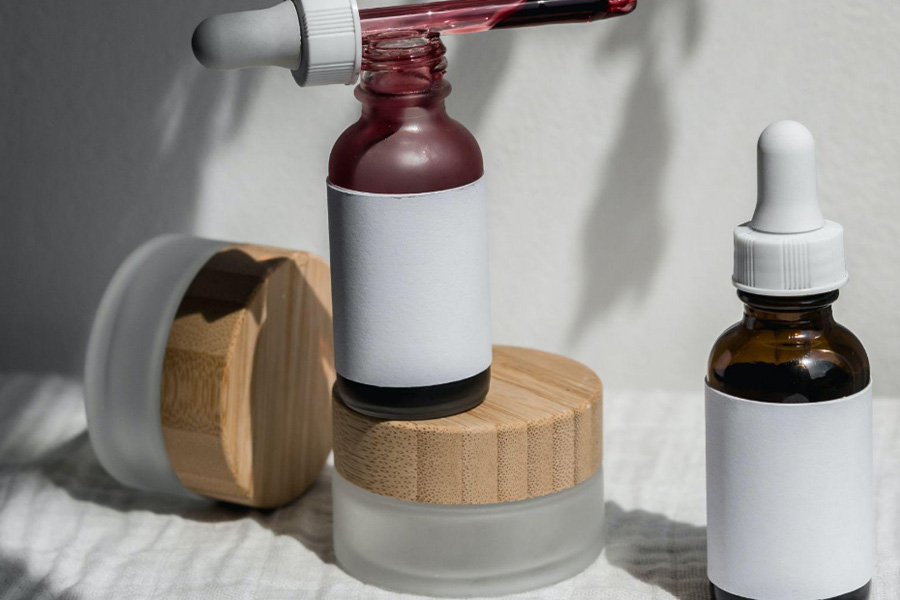
Other customers use websites to compare prices and find the best affordable alternatives to popular products. Brandefy, for example, is a popular consumer app that includes a dupe score to indicate similarity. The product similarity is calculated using four key factors: ingredients, consistency, wear time, and fragrance.
When it comes to dupes, transparency is essential because consumers want to know the key ingredients in each product, including percentages and functions, to build trust and make an informed decision.
Commitments to the community
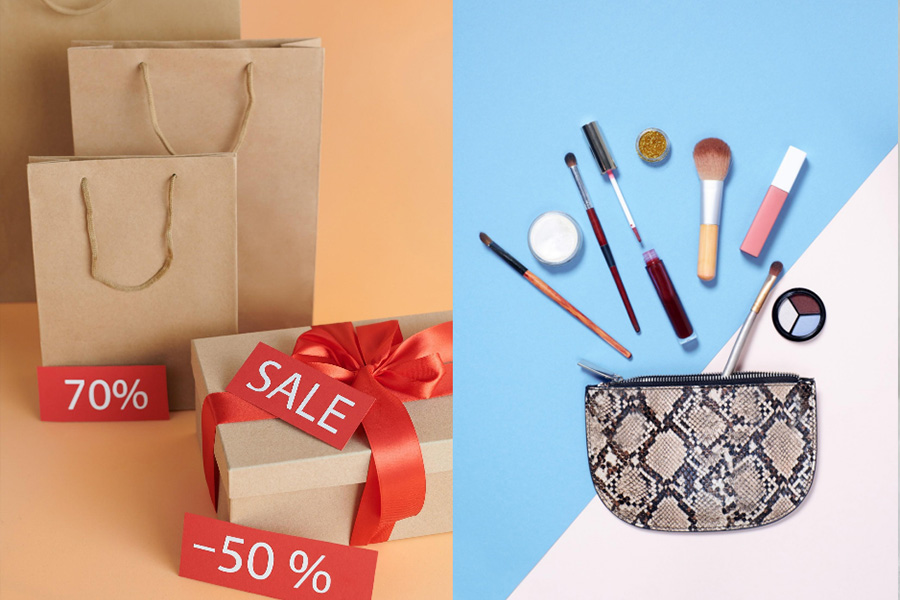
Amid the rising costs and inflation, it is not safe to say that the beauty industry will be untouched. Many customers appreciate brands that are transparent about their challenges and can build trust and loyalty. As the beauty industry braces for impending inflation, brands are forced to make pricing and packaging decisions while keeping in mind the rising cost of living.
Price increases are also standard, as seen in P&G hair care products in 2021. They stated on social media that the price of certain products would rise due to rising ingredient and manufacturing costs. Deciem, on the other hand, offered customers the opportunity to purchase products at the original price two weeks before the prices rose.

While some brands raise their prices, others lower them through strategic planning. For example, Rita Hazan, a hair brand, reduced its prices by replacing expensive fragrances in the formulations to make the range more accessible. Thus, it is important to note whether brands acknowledge consumers’ challenges.
In this volatile environment, a one-size-fits-all approach does not work, and as a result, one must recognize the various challenges and provide adequate solutions. Brands that communicate their issues to customers can build trust. For example, Upcircle, a British brand, has pledged to assist consumers in dealing with cost-of-living challenges by providing a guide and using its platform to share money-saving tips.
Eco-friendly solutions
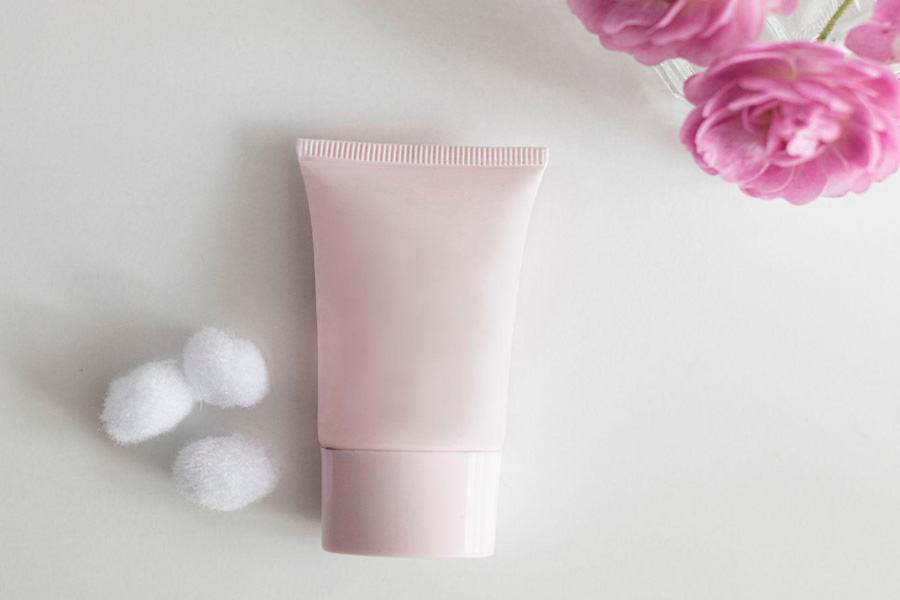
According to an EY survey, nearly 32% of consumers are concerned about affordability, and 47% believe sustainable products are more expensive, making purchasing difficult. With this conundrum, many brands attempt to strike the proper balance between affordability and sustainability. According to another survey, 65% of respondents believe that brands should do more to provide sustainable solutions. As a result, many businesses are turning to refillable solutions and water-saving products, among other things.
A wave of new brands is incorporating no-water formats into their products, thereby saving water. Alterna and Kao, for example, are brands that use powders instead of cream-based solutions and offer shampoo sheets that do not require water. Another brand, Drybath, sells waterless body gels that help remove dirt and dead skin cells without water.

Products that require very little water help mitigate water costs as consumers seek affordable solutions. For example, Lush’s waterless oral care range requires only a tiny amount of water. These products are also ideal for people who live in areas where water is expensive or inaccessible and those who enjoy outdoor activities such as camping.
In the long run, personal care products that use less water and prioritize sustainability will appeal to a larger audience. Brands like Nope. are gaining popularity for their environmentally friendly solutions, such as their waterless, plastic-free shampoo and conditioner bars, which are said to last three times longer than a regular bottle. Meanwhile, Add Aqua is another brand that sells powder-to-foam hand wash and shampoo that provides four times the number of washes than a standard liquid product.
Minimal skincare routine

Minimalism has permeated the beauty industry, with multipurpose products replacing multi-step skincare routines. This concept saves money and time, which many shoppers appreciate. Many retailers, including Bath & Beyond, Boots, and Superdrug, embrace this concept and focus on cost-effective solutions for their customers.
Understanding what consumers want is critical to providing practical solutions at reasonable prices. For example, Johnson & Johnson launched a new clean beauty care line free of parabens, dyes, and sulfates, which aligns with millennials’ modern values.
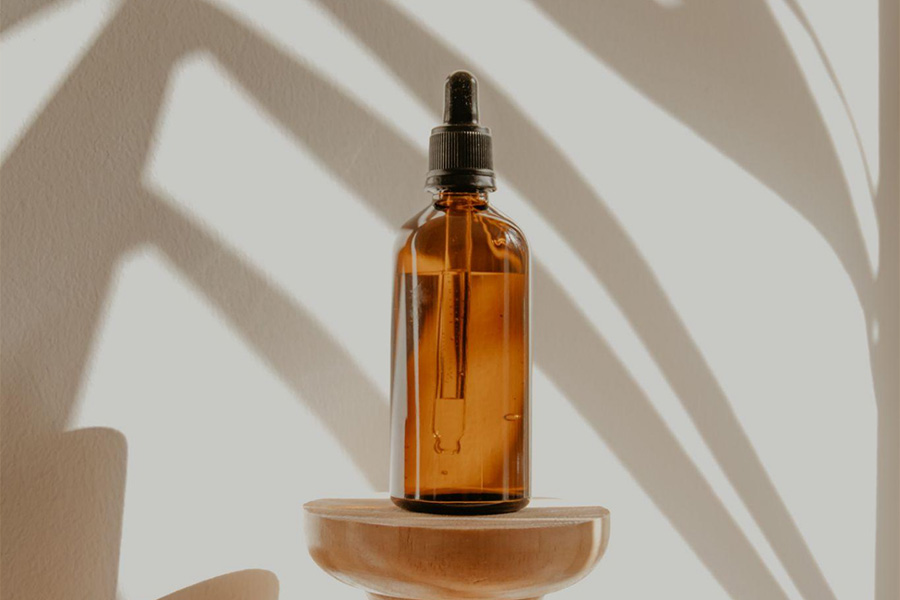
Explore all-in-one products that assist consumers in reducing the number of products they own. Furthermore, nourishing products that are clean, all-natural, free of harmful ingredients, and can be used all across beauty routines are excellent alternatives to costly multi-step formulas.
The beauty factor
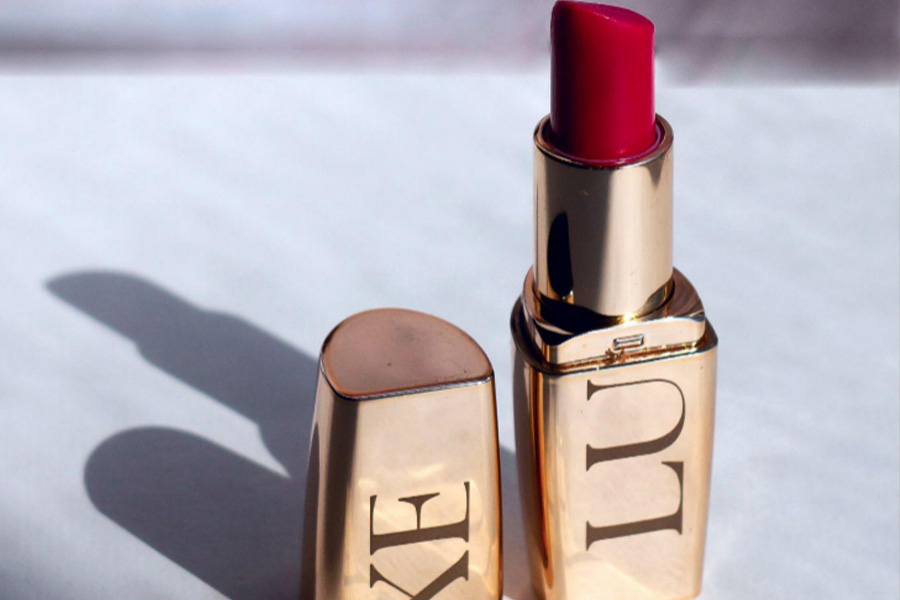
Despite the economic downturn, there is a market for consumers looking to splurge on minor indulgences. According to Leonard Lauder of the Estee Lauder company, smaller, more affordable luxuries such as lipsticks increase sales during inflation. This is also true for other beauty products such as perfumes. This is evidenced by a 16% increase in Prestige beauty sales in Q2 2022, driven primarily by higher-income earners.
A variety of affordable beauty products must be prioritized for low and middle-income earners.
While people spend money on small luxuries, brands must prioritize customer experience so shoppers can make the most of their money during a recession. Many businesses are responding to the challenges by launching different programs to improve customer experience.
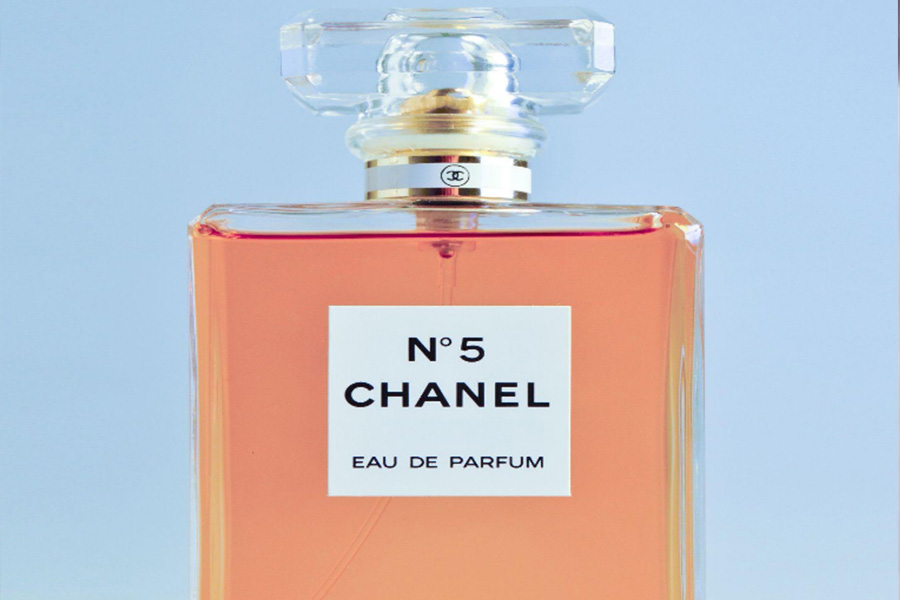
One program involves using miniatures in the store for customers to try on before making a purchase. CVS, for example, introduced an on-site skin diagnostic program to assist customers in making informed decisions.
Beauty ideas for the future
Customers value transparency, so pricing decisions and their reasons should be communicated. Furthermore, special virtual and in-store events, giveaways, and discounts are excellent ways to keep customers loyal.
Because many customers are experiencing difficulties as a result of the financial crisis, products with high value and multiple benefits will be preferred. Brands that launch customer-assisted programs to address economic challenges will dominate the market.
Many individuals are looking to simplify their beauty routine in order to avoid spending exuberant amounts on multiple products. As a result, multipurpose beauty products are currently popular. And lastly, because sustainable alternatives are more expensive than traditional counterparts, providing cost-effective solutions is critical.
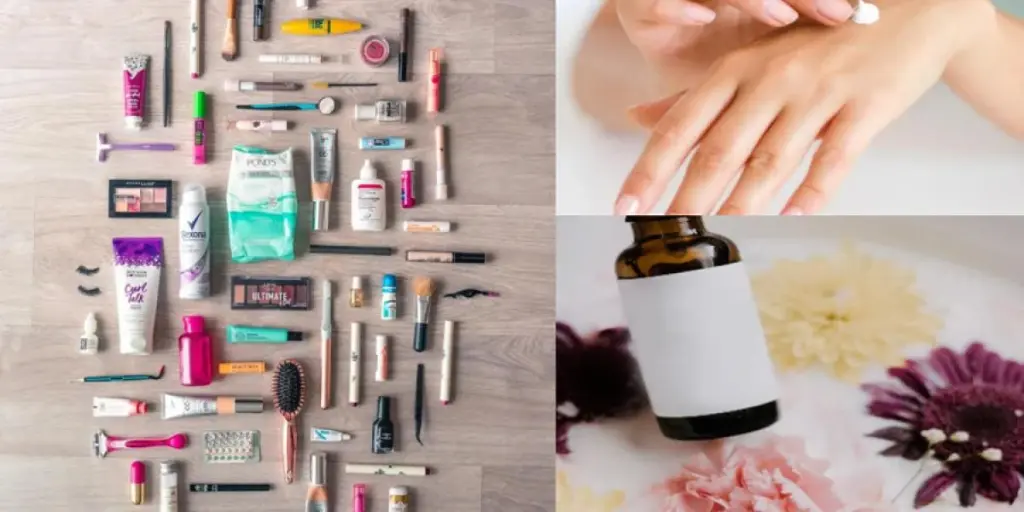

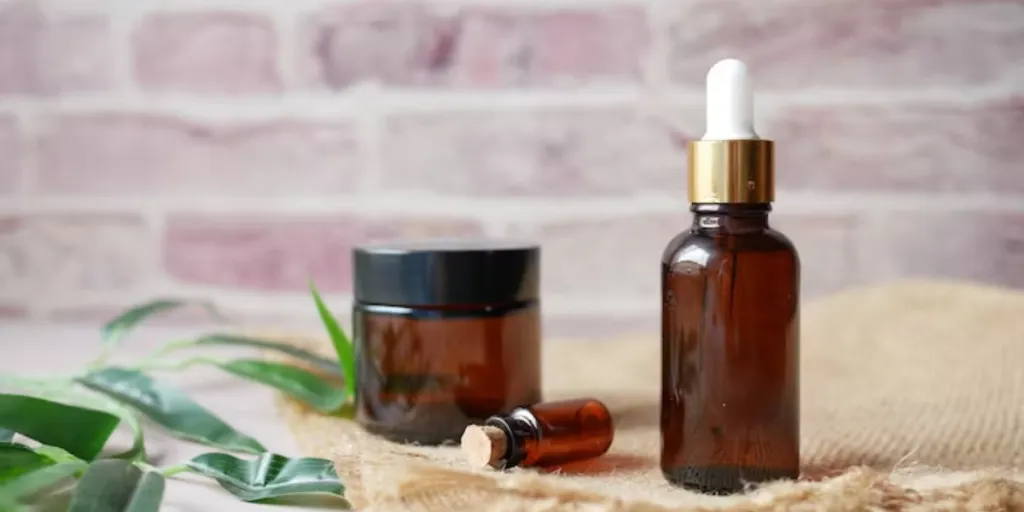

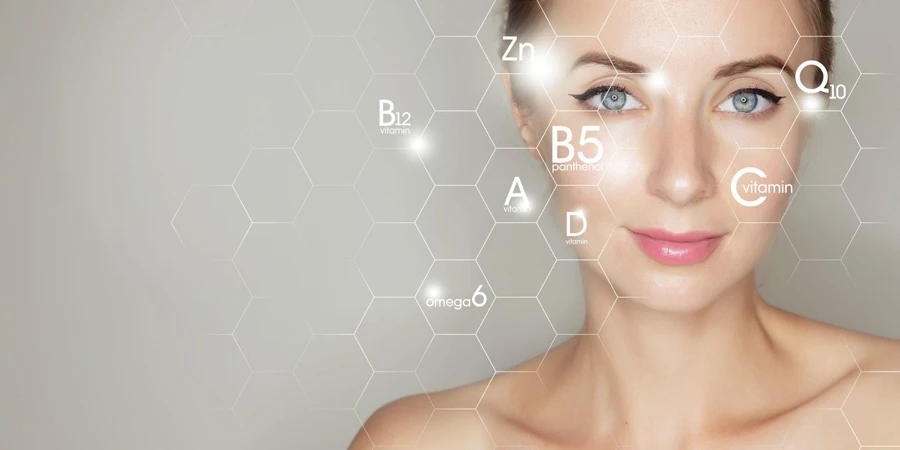
Good evening MAM / SIR I’m really interested in the skin care, hair products , kindly send me maybe your full catalog or samples as I desire to sell such in the future please